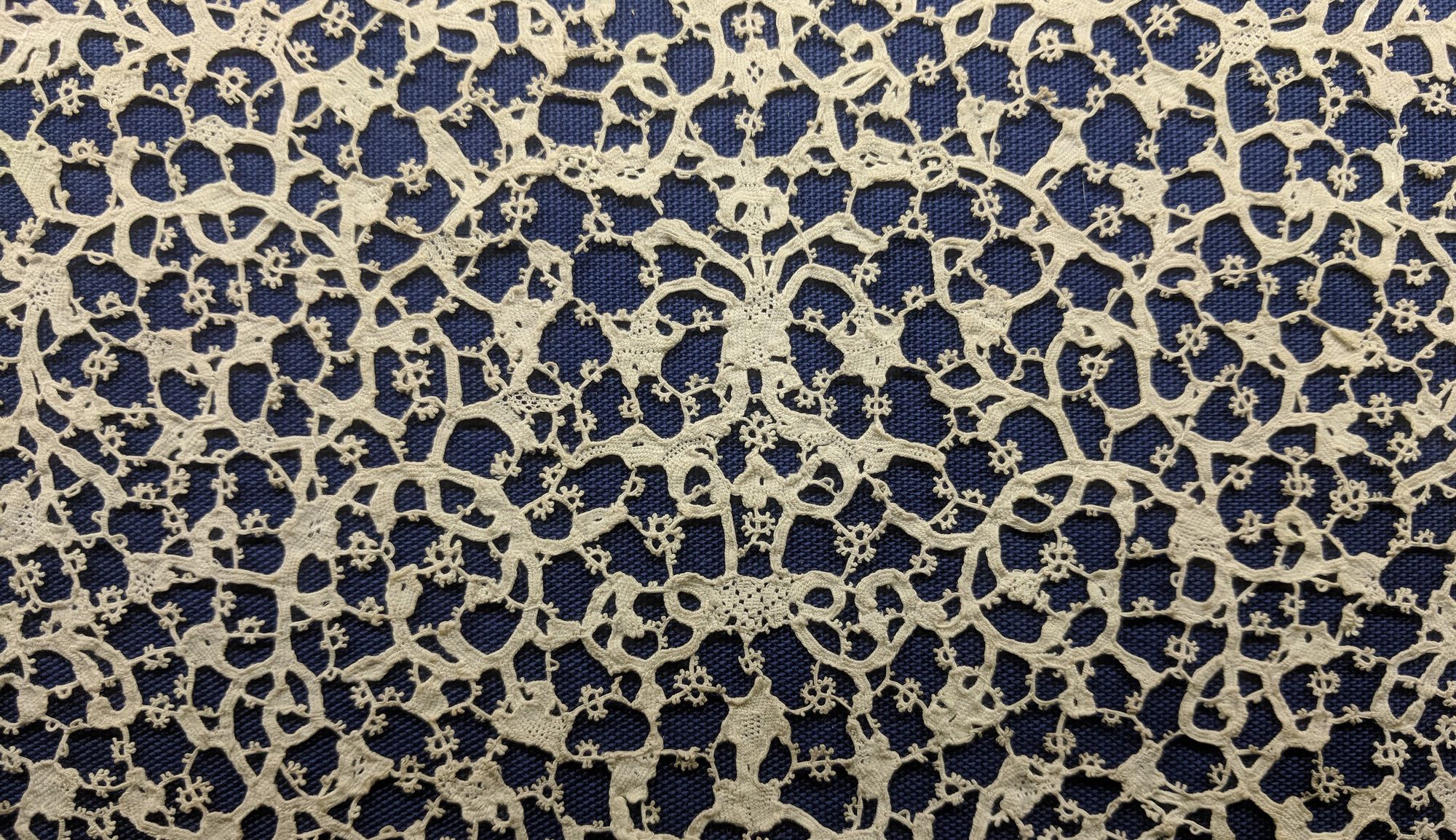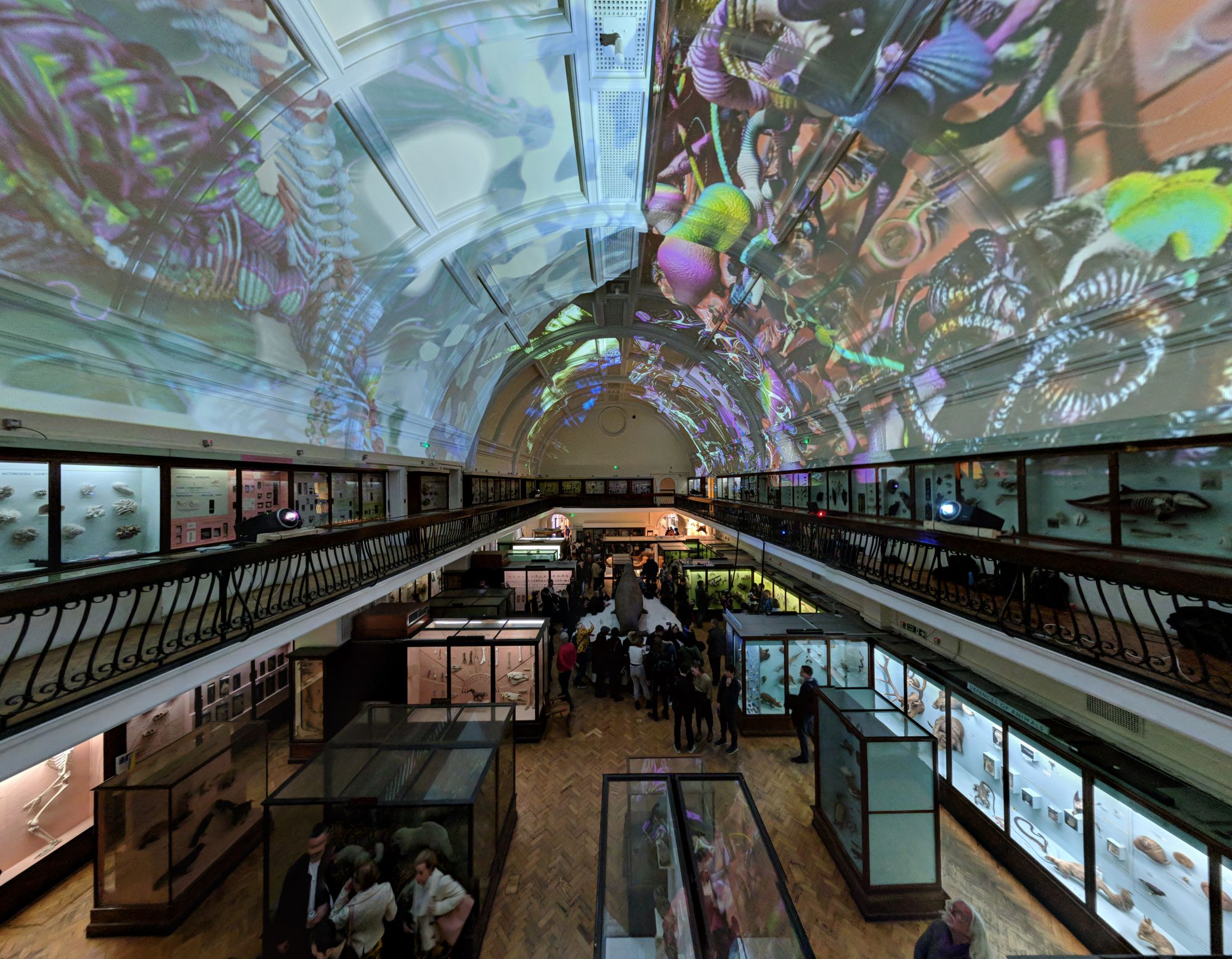This week we looked at speculative practises, ideas around thinking into the future and imaging other pasts and futures, writing practise as time travel.
One of the ideas which caught my attention was thinking how to write with gaps — leaving space for things which are indeterminate. I find that is one of the key elements of the written word, and why I often enjoy the book more the film, is that there are gaps left for you to fill. What did this character look like, how did their voice sound, how did they walk, what were their hands like and their touch?
I was interested in the word violence which our tutor used in reference to critical fabulation ideas by Saidiya Hartman. The violence of archive I believe was the phrase. She then further explained ideas of finding silenced histories and then imagines what they might have been. The OED gives the following two definitions
- Behaviour involving physical force intended to hurt, damage, or kill someone or something.
- Strength of emotion or of a destructive natural force.
Both can perhaps be relevant. We can think about archives of objects from colonial collections which were taken by force or indeed may even be the bodily remains of those encounters. We can also think about the nature of archiving itself, about how force a tracking number and label to each object, and try to fit it in to a given ontology perhaps very distant and removed from the world in which it originally lived, now almost more of a fiction than a discernable place in space and time.
How to move between the making (for research) and the writing to expand what we are making (expanding the world we making too).
We heard about the memory plates for used for the Apollo missions which were woven from copper threads. The process had been called the LOL Method, which at the time stood for Little Old Ladies. It was interesting to think about as a fabulative method for making a surface for storing computer memories. It complicates the intellectual processes of early computation with that of traditional manual labour. I was reminded of when I visited a lace making museum in Bruges. They had demonstrations from a friendly group of women who meet regularly to work on their lace. The process is fascinating to watch, they rapidly move bobbins over each other to form the lace. Patterns are written out in the form of a chart which has colour coding to show which threads move in which patterns. In many ways, it's very similar to how memory is managed within a computer, as they pass from left to right moving the bobbins and then repeat back the other way (there are many variants on this).

Embracing these connections through design and engineering the project, and relating labour and thinking practice. Often today they are separate , what does it mean to have separate manufacturing processes? This type of manufacturing values process over outcome, the lace is sometimes sold, but profit is not the motivation for those in the group.
We also thought about a game of cats cradle, and its similarities to the open source model. Code is complex and interwoven, and yet usually is the work of many people, passing their work on to the next person for further contributions, adding, changing and removing. Some companies use open source as much as a part of the process as for the outcome, to show your work as you go along, in the scrutiny daylight does it make developers write better code or think more about their practice? In my experience it does, but it isn't, of course, a silver bullet for problems and won't work isolation if other parts of the process aren't in harmony.
What does it mean to make conclusions or speculations? Chris Salter. At the end of the journey, we expect a resolution, a conclusion, a "what have we learned" from these works in the making.
Flow of matter. Differences in science, science as a practice which tries to manipulate and measure the matter. Art is often about framing the flow of matter.
Towards the end of the lecture, we heard about using the word expérience - the French use of the word apparently of interest to Chris Salter. It grabbed my attention as this week I had been reading Thinking with Whitehead (Isabelle Stengers, 2011 Harvard Press). In chapter one she talks about using the “expérience” as a substitute for “awareness” as there is no direct word for the English (la nature est ce dont nous avons l'expérience dans la perception). It's interesting that the word for experience is somewhat nuanced, describing an experience without reference to consciousness, and to think about what is the true nature of experience.
Writing exercise
The green and yellow leds either side of the RJ45 network socket danced rapidly and wildly back and forth, the fan spun at maximum velocity, desperately trying to keeping the overall temperature of the of tweet harvesting machine within the recommended temperature operative limits. The harvester had been set running a few weeks earlier, its purpose, collecting tweets relating to the impending doom of brexit. When it began on its earnest task the flow of tweets was a weak stream, but now it raged like an angry engorged torrent, tearing...
